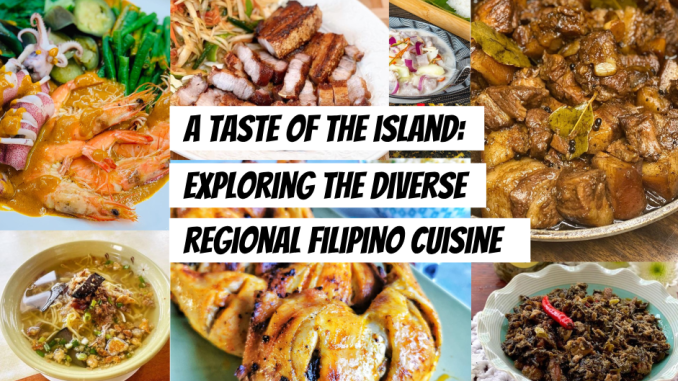
The Philippines is a tropical paradise, known for its stunning landscapes, beautiful islands, and warm, welcoming people. But beyond the breathtaking scenery, the Philippines is a culinary haven, boasting a diverse and rich array of regional cuisines. Filipino food is a fusion of indigenous, Spanish, Chinese, and American influences, making it a true representation of the country’s history and culture. In this extensive exploration, we’ll take a journey through the various regions of the Philippines, each offering its unique flavors, ingredients, and culinary traditions.
Luzon – Northern Philippines
Our journey begins in Luzon, the largest and most populous island in the Philippines. Luzon is known for its bold and savory flavors, often characterized by the use of garlic, vinegar, and soy sauce.
Adobo: A Filipino Classic
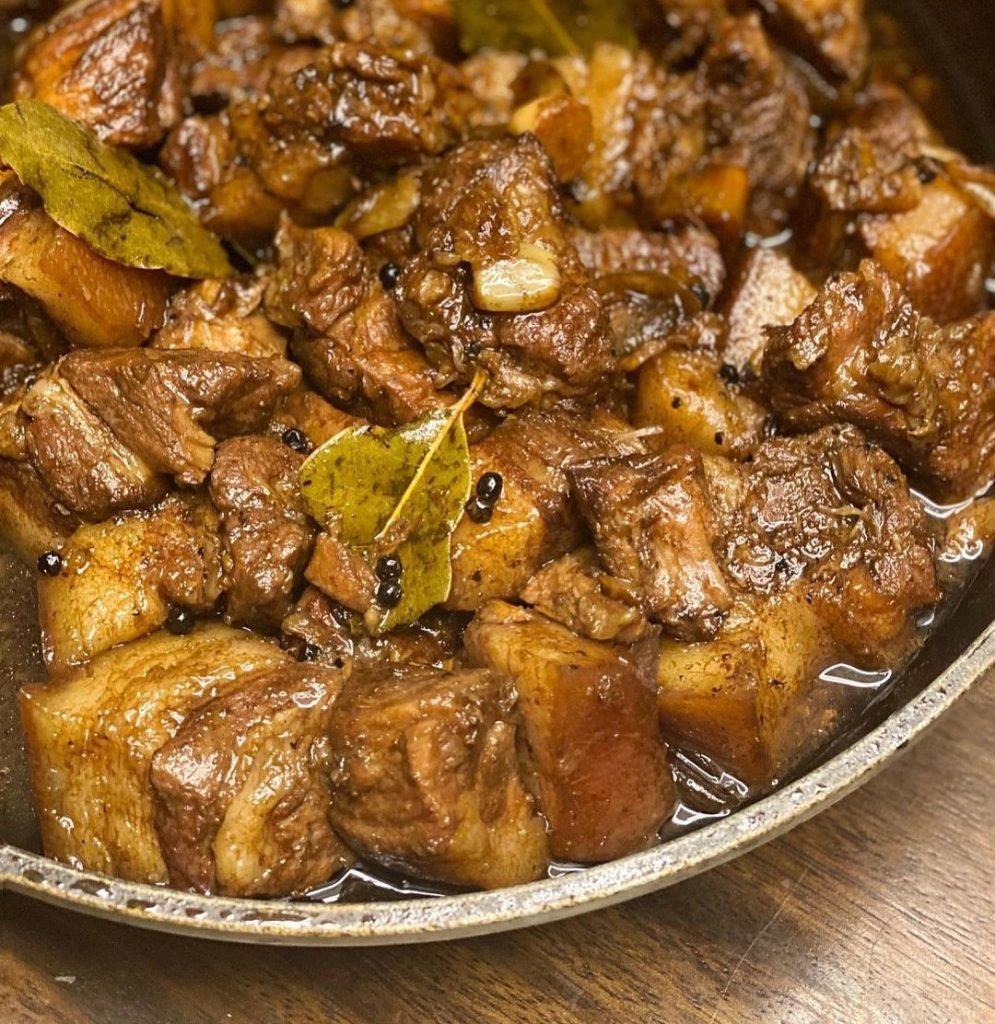
One cannot explore Filipino cuisine without encountering Adobo. This iconic dish involves marinating meat, typically chicken or pork, in a mixture of soy sauce, vinegar, garlic, and various spices, before simmering it to perfection. The result is a savory and slightly tangy masterpiece, loved by people all over the world.
Bagnet: The Ultimate Crispy Pork
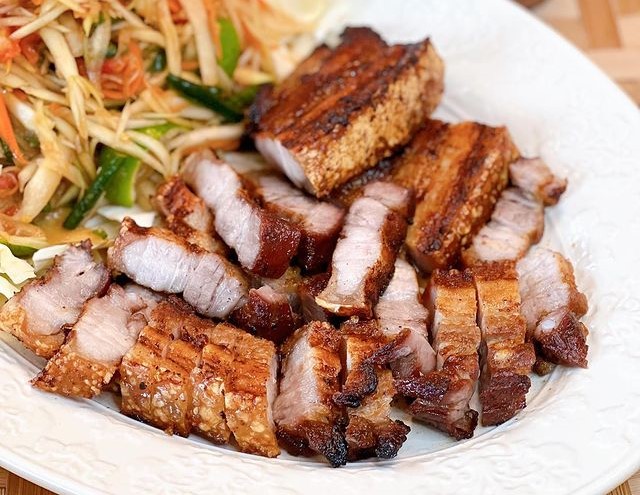
In the Ilocos region of Luzon, you’ll find Bagnet, a crispy deep-fried pork belly that’s a true local delight. It’s often served with a side of shrimp paste, adding a unique depth of flavor.
Bicol Region: Fiery and Flavorful
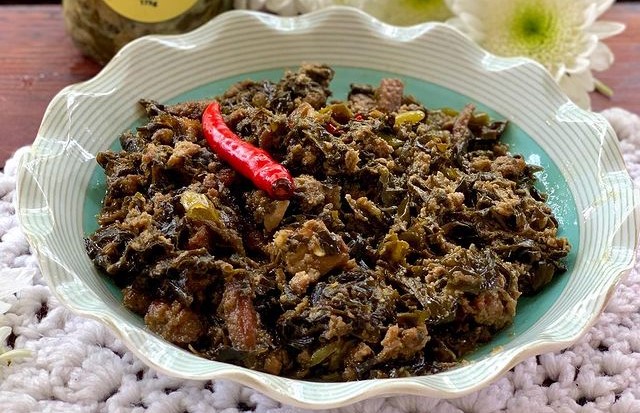
If you’re a fan of spicy cuisine, the Bicol region will tantalize your taste buds. Bicolano dishes like Laing (taro leaves cooked in coconut milk and chili) and Bicol Express (a spicy dish made with shrimp, pork, or fish) offer a fiery and flavorful experience.
Visayas – The Heart of the Philippines
Moving south to the Visayas region, you’ll find dishes that reflect the heart and soul of Filipino cuisine. Seafood, tropical fruits, and coconut are common ingredients here.
Chicken Inasal: Sweet and Tangy Delight
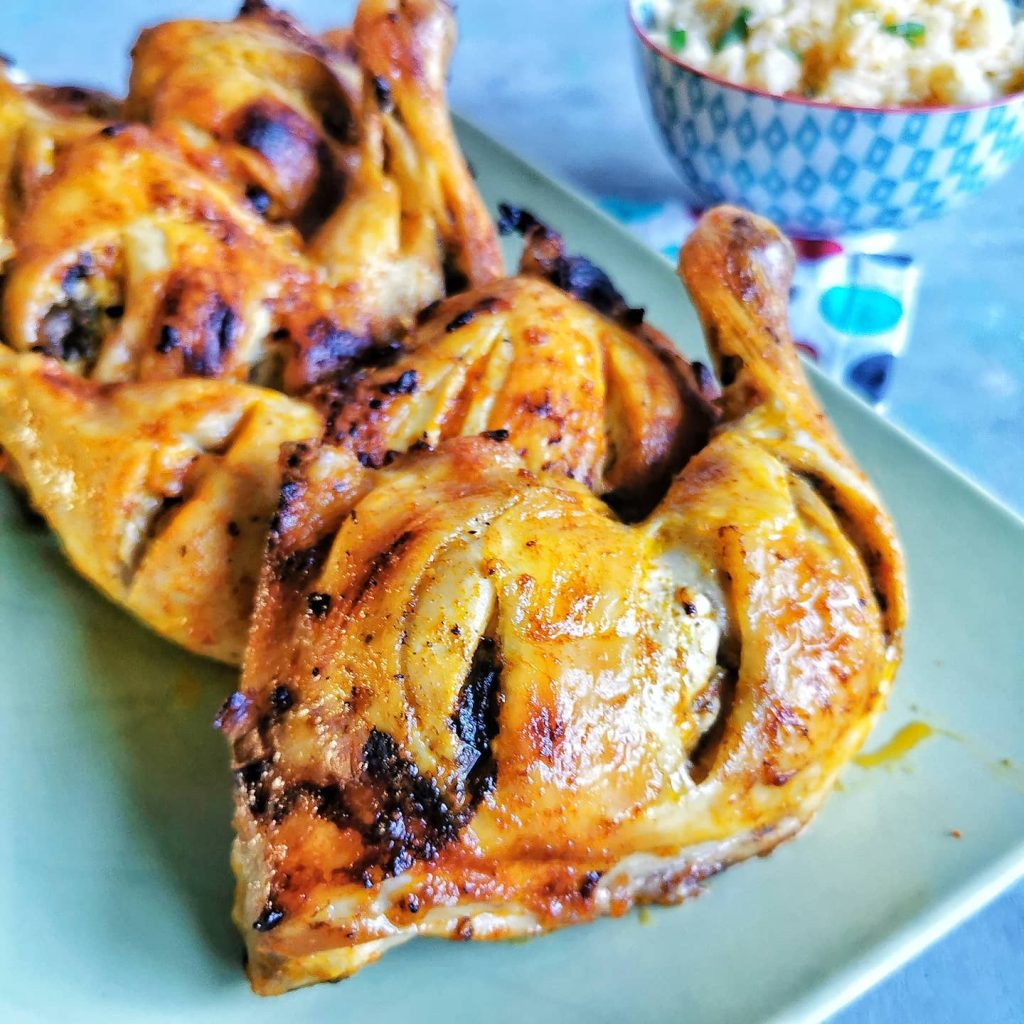
From Bacolod, the “City of Smiles,” comes Chicken Inasal, a barbecue dish characterized by its sweet and tangy marinade. It’s often served with garlic rice and a dipping sauce that’s bursting with flavor.
Kinilaw: A Taste of Freshness
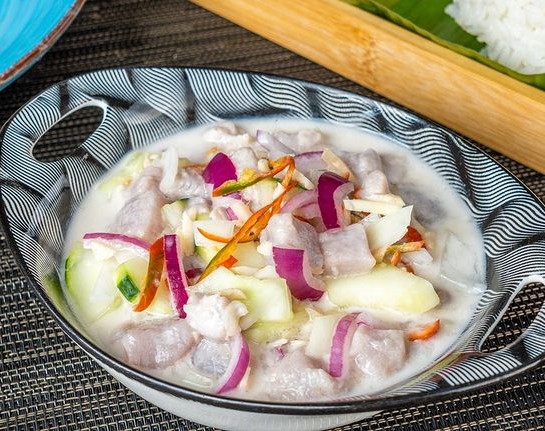
In Cebu, Kinilaw is a local favorite. It’s a Filipino-style ceviche made with fresh fish or seafood, marinated in vinegar, lime, and spices. The result is a dish that’s incredibly fresh and zesty.
Sikwate and La Paz Batchoy: Unforgettable Flavors
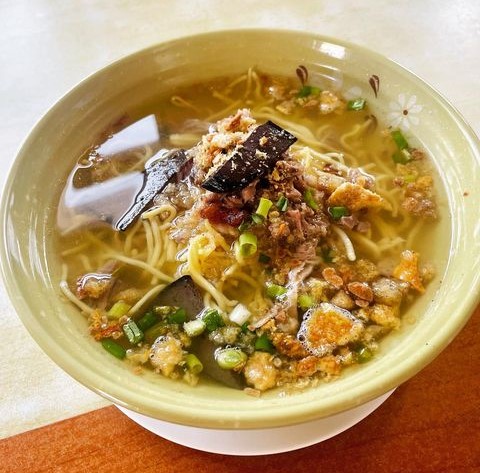
In Iloilo, you can enjoy Sikwate, a rich and chocolatey hot cocoa drink. Pair it with La Paz Batchoy, a hearty noodle soup that’s packed with flavor and history.
Mindanao – The Southern Spice
In the southern island of Mindanao, you’ll encounter a culinary blend of flavors influenced by indigenous, Muslim, and Indonesian communities.
Tiyula Itum: Spicy and Flavorful
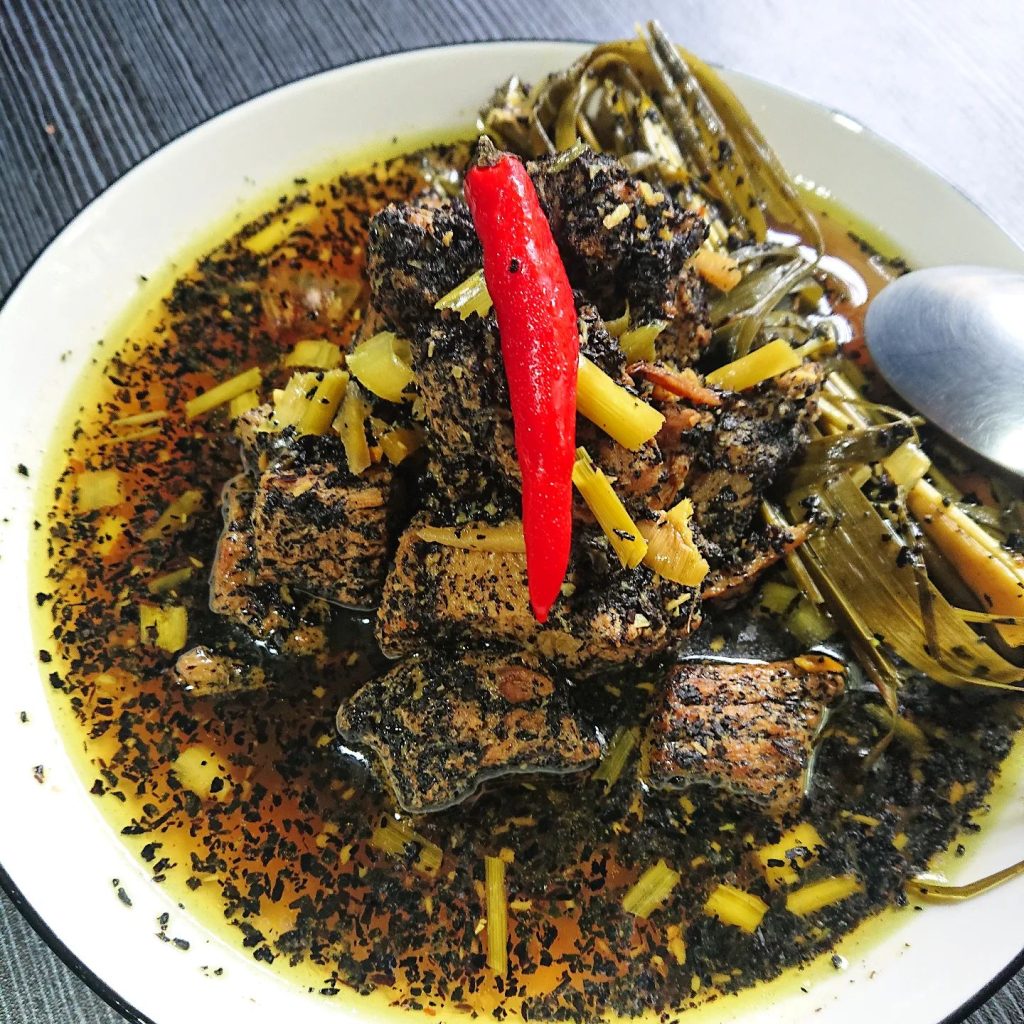
Mindanao is known for Tiyula Itum, a flavorful and spicy stew made with either chicken or beef. It’s dark, rich, and seasoned with an array of spices, making it a must-try for adventurous eaters.
Satti: A Flavorful Experience
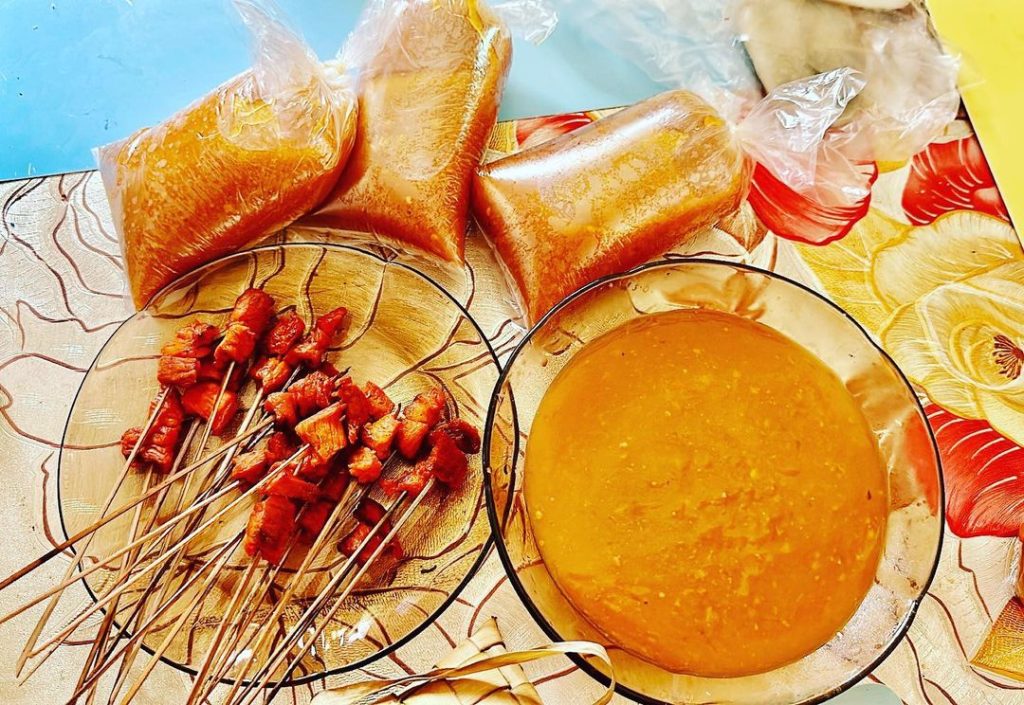
Satti, a popular dish in Zamboanga, is a skewered meat dish served with a savory peanut sauce. The combination of grilled meat and the delectable sauce creates a memorable culinary experience.
The diversity of Filipino cuisine is a testament to the country’s rich cultural history and the influences that have shaped its regional dishes. Each region offers unique flavors and specialties, making the Philippines a true culinary gem. Whether you’re a food enthusiast, a traveler, or simply someone who appreciates good food, exploring the regional cuisines of the Philippines is a delightful journey for your taste buds.
The Cordillera – Mountain Cuisine
Heading to the highlands of the Philippines, you’ll find the Cordillera region, where cuisine is defined by the use of indigenous ingredients such as root crops, vegetables, and rice.
Pinikpikan: A Unique Preparation
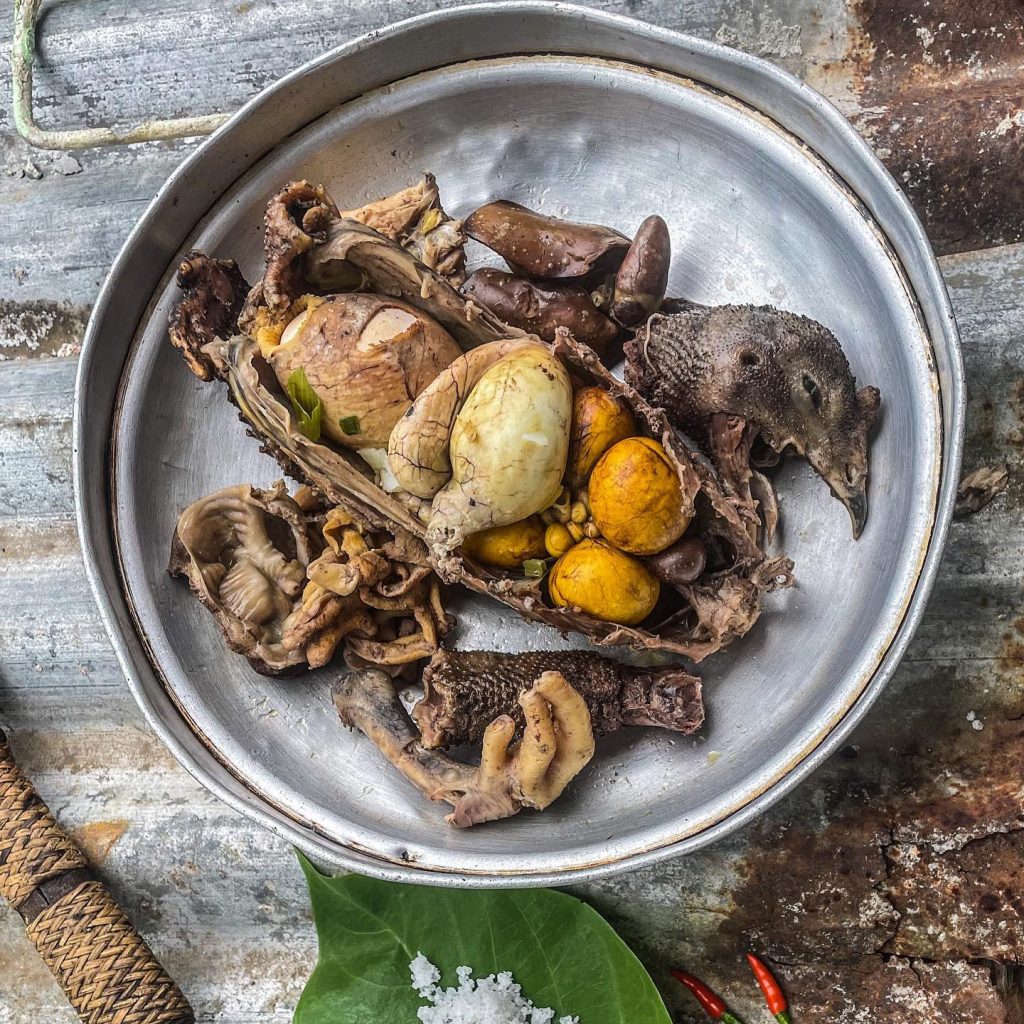
One of the most interesting dishes in this region is Pinikpikan, a chicken dish traditionally prepared by beating the chicken with a stick before cooking. This method gives the meat a distinct flavor and texture, making it a truly unique culinary experience.
Etag: Smoked Delight
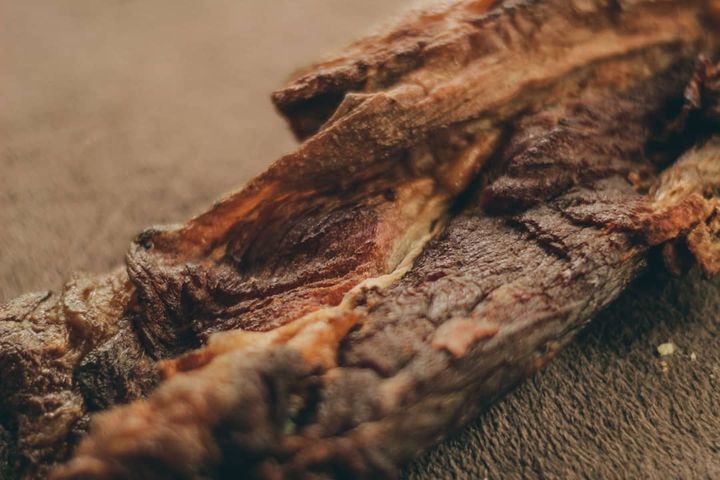
In Sagada, a part of the Mountain Province, you’ll encounter Etag, a form of smoked meat that’s highly prized for its flavor and cultural significance. It’s often used in various dishes and is a delicacy worth trying.
The Coastlines – Fresh Seafood Delights
With a vast coastline and numerous islands, the Philippines is a seafood lover’s paradise. From grilled to stewed, Filipino cuisine showcases the bounty of the seas.
Sinuglaw: A Fusion of Flavors
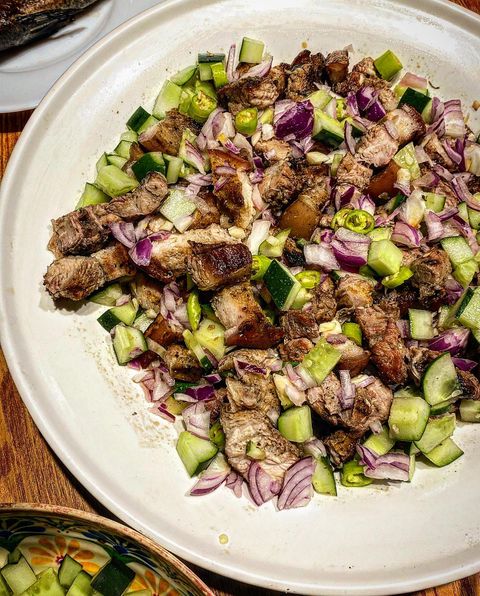
Sinuglaw is a delightful fusion of grilled pork and Kinilaw. This combination of smoky and tangy flavors is a perfect representation of the Philippines’ culinary diversity.
Kare-Kare: Seafood with a Peanut Twist
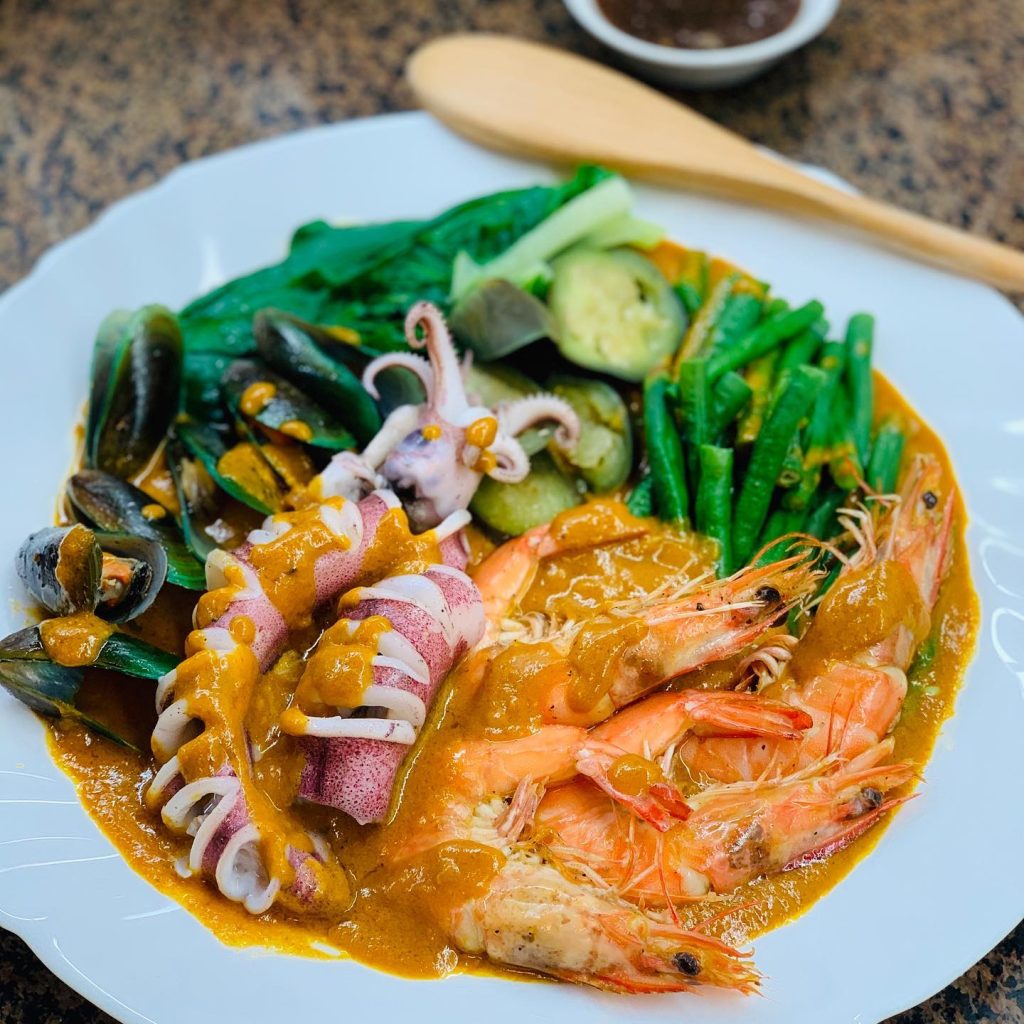
Kare-Kare, a Filipino stew, often features seafood as a primary ingredient. What sets it apart is the rich, savory peanut sauce that accompanies it, creating a unique and memorable dish.
Filipino cuisine is a vibrant and diverse tapestry of flavors, ingredients, and culinary traditions. Each region offers a glimpse into the country’s history, culture, and unique influences. Exploring the regional cuisines of the Philippines is not only a treat for your taste buds but also a journey through the rich and colorful tapestry of Filipino culture. So, the next time you find yourself in the Philippines, don’t forget to savor “A Taste of the Islands.” It’s an opportunity to experience the culinary diversity that this beautiful country has to offer, a culinary adventure you won’t soon forget.
Discover the richness of Filipino cuisine as it takes you on a journey through its regions, each offering a unique and flavorful experience. The diverse dishes and ingredients, influenced by centuries of history and cultural diversity, make Filipino food a truly captivating and unforgettable experience.
Looking for other Lutong Bahay Recipes to try on? Feel free to check out our ulam recipes, desserts recipes and snacks recipes.
Some visual and written contents are copyrighted to their respective and considerate owners. We do not claim that these recipes or photos are proprietary to us. If this is yours and you would like it to be removed and not shared with others, please let us know by sending an email to contact @ lutongbahayrecipe.com, you may use our website contact form or by sending a message on our Facebook page. Read our disclaimer.

Leave a Reply